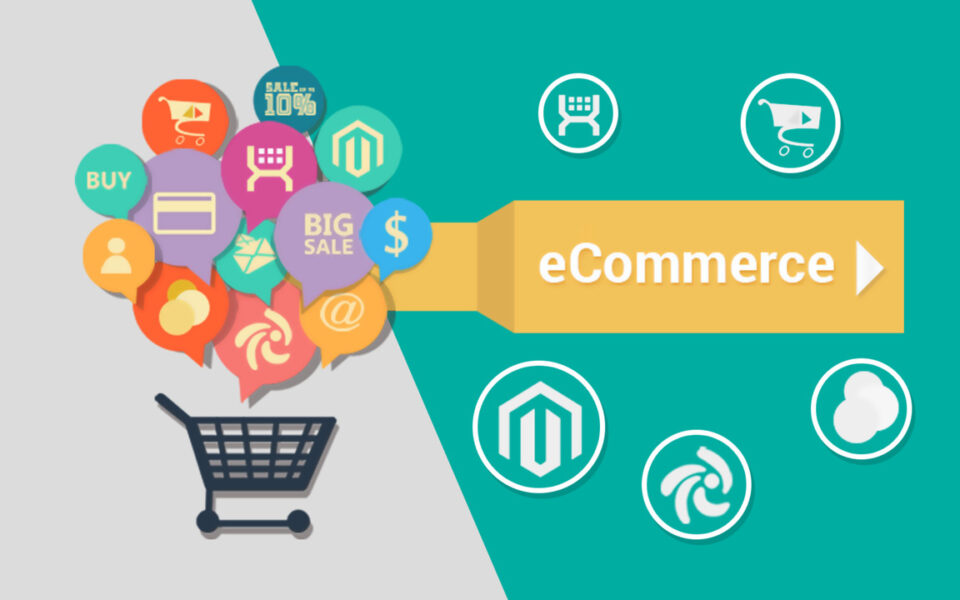All this started first in the USA in 1969, and the world of e-commerce begins in Columbus, Ohio with the launch of the first e-commerce company and the name called CompuServe. The company provides computer-sharing services through phone lines (electronic data interchange EDI) for sending data to businesses.
Landmark Over the Years in E-Commerce Marketing
Since 1969, e-commerce marketing reached its milestone over the years. Landmark events in e-commerce marketing briefly describe below.
1972
The first online sale occurs in marijuana, but it was partially true. Products and money were exchanged hands in persons.
1976
The first online transaction processing was introduced in 1976.
1979
Ten years after CompuServe was founded, the first electronic shopping was invented it work by connecting a modified television to the transaction-processing computer via a phone line via.
1984
CompuServe introduces the Electronic Mall in 1984, and its customer can purchase products from more than 100 different merchants.
1990
The first web browser, WorldWideWeb is released for online shopping in order that consumers can find what they are obtaining quicker and retailers are able to reach a wider customer base.
1995
Online marketplaces begin opening and start booming with the introduction of companies like Amazon, eBay, and more, the original website for internet auctions, later known as eBay. And eBay seller help their customers by providing a wide range of products and services.
1999
E-commerce reaches globally $150 billion.
2000
The majority of the profits achieved since the advent of the internet were erased when the NASDAQ plunged 75% between March and October 2002. Online and technological companies file for bankruptcy frequently.
2005
Cyber Monday, which is observed on the Monday following Black Friday, was initiated to encourage online holiday shopping as e-commerce recovered strongly from the recession. Additionally, Amazon introduces Amazon Prime, providing members with free 2-day domestic shipping and raising consumer expectations for quicker service.
2006
Other e-commerce platforms swiftly enter the markets and establish themselves, like Magento and Big Commerce.
2012
With the founding of Instacart, food online services found its groove in 2012. Today, with cold warehousing and delivery advancement, online food shopping is big business.
2017
E-commerce became unstoppable, and global e-commerce transactions soared, generating $29.267 trillion in B2B and B2C companies.
2020
Numerous physical businesses are forced to close their doors because of the coronavirus outbreak, and many residents are quarantined at home, people choose internet shopping to buy necessities and beat boredom. And it was the biggest boost for e-commerce marketing and an opportunity for small businesses to grow globally. It was a turning point for online marketing and its bright future.
E-commerce is become unstoppable now, every small and big business is trying their hands at online selling, because customers get a wide range of products online with free doorstep service without going out. In coming years eCommerce sales are expected to overtake in-store sales by 2024. The competition in the digital marketplace will undoubtedly intensify as more established wholesalers go online and major international retailers like Walmart extend their e-commerce activities.

